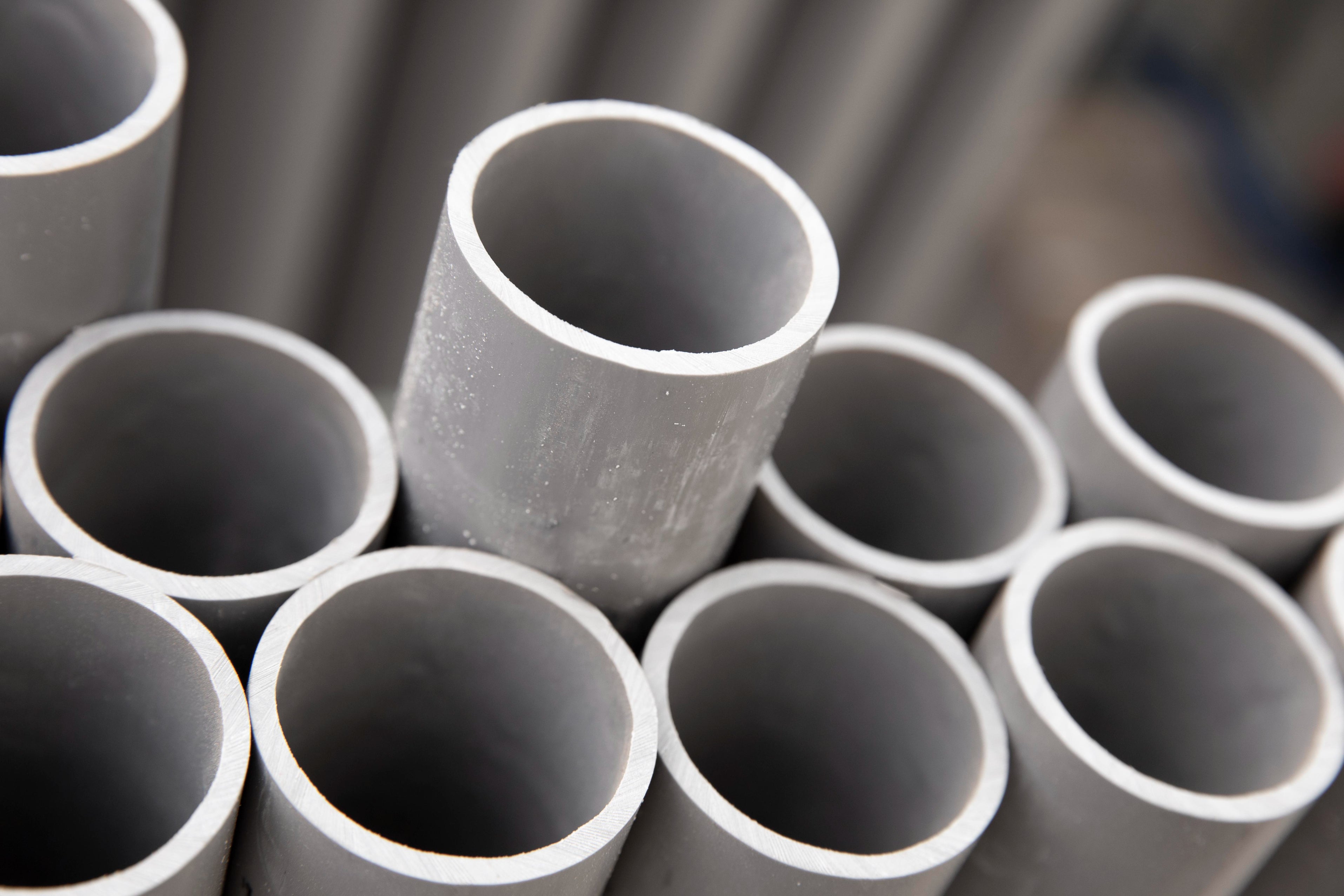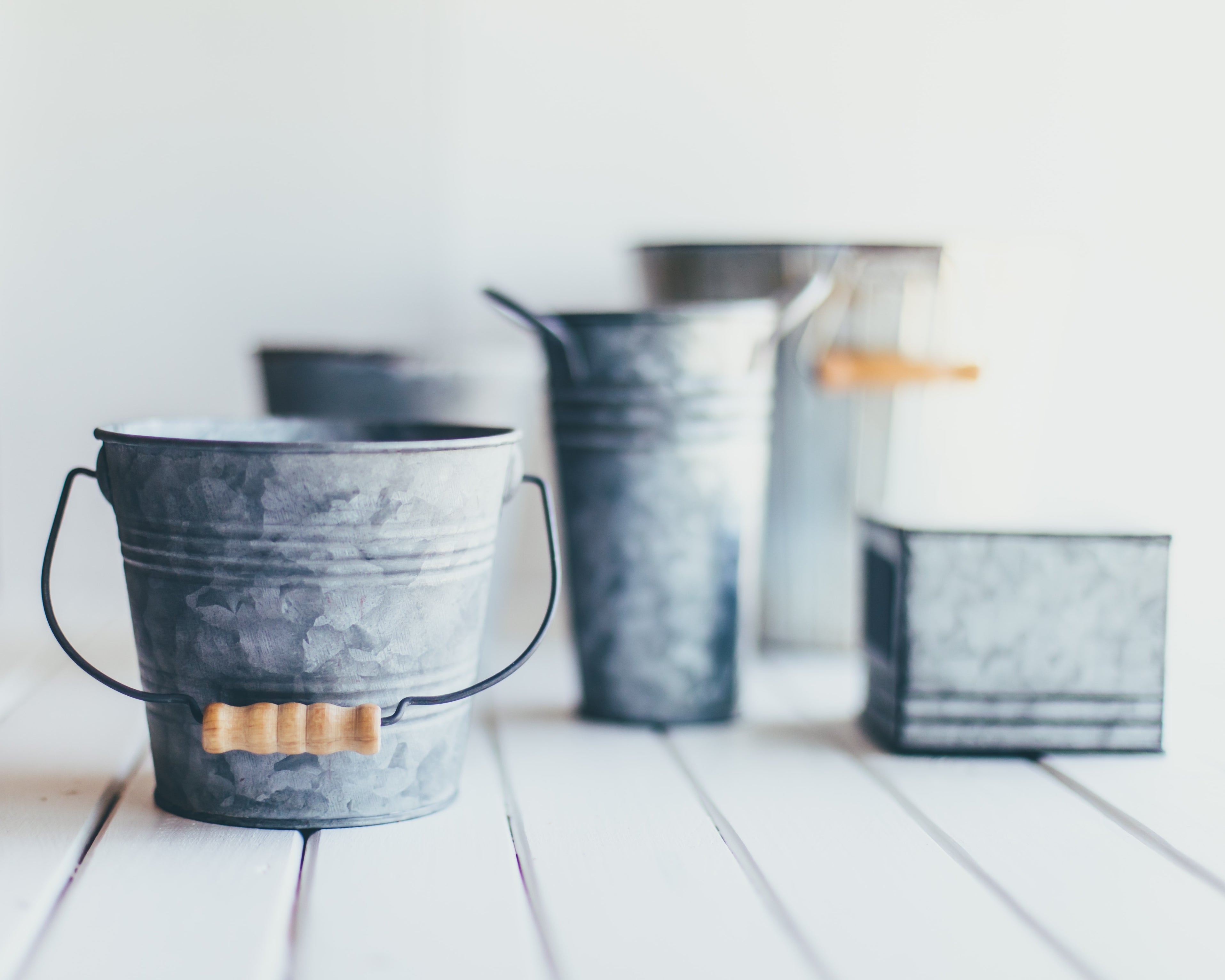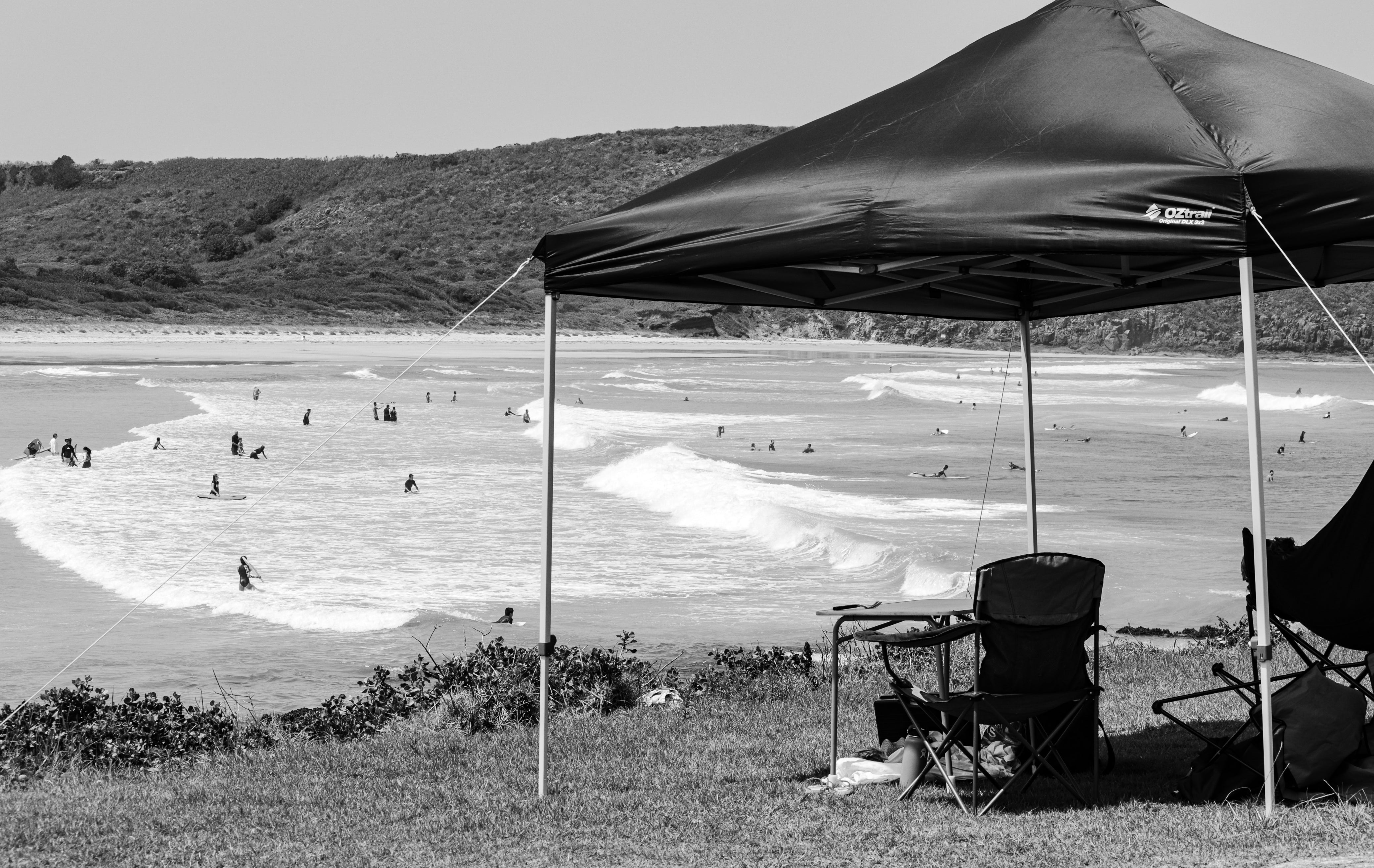Canopy weights are a necessity whenever you set up a canopy tent. This is because canopy tents are not always stable, especially in windy conditions. In fact, even in normal weather conditions, they can be easily toppled over by a gust of wind. Thus, using canopy tent weights helps stabilize the tent and keep it in place.
They might not look like much, but pop-up tent weights are not just any other camping gear. For one thing, they can make or break your camping experience. You’ll have to rely on them to keep your tent stable, preventing it from blowing away in strong or even weaker winds. With reliable tent weights, you can rest assured that the tent you’re using will stay put for as long as you want.
Types of Canopy Tent Weights
Tent weights are not just any other camping gear. They’re important enough that they can make or break your camping experience and many other outdoor events. They help ensure that your tent remains stable, preventing it from blowing away in strong winds. It is also the one that will help your tent stay dry and prevent it from sinking into the soft soil or sand.
Tent Stakes
Typically, canopy tents come with a set of tent stakes. These are long, thin pieces of metal or plastic that are driven into the ground to provide support and stability to the tent. However, most tents come with stakes that are just 6 inches long. While these 6-inch stakes will do in many cases, they will likely not suffice if you set your tent up on sand.
Thus, one issue with these stakes is that they’re not always reliable. Longer stakes, such as those that are a foot long, can provide your tent with more security. You can buy a set of foot-long stakes, or you can make them out of branches or nail spikes.
Tent Weight Bags
These bags are filled with sand, gravel, or water and then tied to the corners of the tent. This helps to keep the tent in place and provides additional stability. Tent bags are typically made of heavy-duty fabric, such as canvas or nylon. They are also often equipped with handles or straps so that they can be easily carried from one location to another.
Tents can also come with empty weight bags that you can use, so you won’t have to buy them separately. However, if the bags that came with your tent ever get damaged, you’ll be able to buy extras from the same brand or from other brands.

Weight Plates
Weight plates are heavy discs that are placed under the legs of the tent. They help to keep the tent in place and provide additional stability. These plates are typically made of metal or concrete, and unlike tent weight bags, they don't need any filling. Thus, they can be easier to transport and set up. You also won't need to have large amounts of water, sand, or gravel to weigh your tent down.
Tents aren’t typically sold with weight plates, because these plates can be quite heavy. You can buy them separately, and they’re quite easy to find online.

PVC Pipe Canopy Weights
A variation of the weight plate, PVC pipe canopy tent weights are sections of PVC pipe that are placed under the legs of the tent. They help to keep the tent in place and provide additional stability. PVC pipe is a lightweight and strong material that is easy to transport. It is also less likely to rust or corrode over time.
Making these PVC pipe weights is quite easy. Prepare PVC pipes, an end cap per pipe, a ring bolt per pipe, and concrete mix. Put an end cap on a pipe, then pour mixed concrete into the uncovered end. Make sure that you insert a ring bolt into the concrete, which will allow you to hang the pipe weights from the corners of your tent.
For More Information:
Find the Top 10 Best Canopy Tents on the Market

Bucket Weights
Bucket weights are simply buckets that are filled with sand, gravel, or water and then hung from the corners of the tent. This helps to keep the tent in place and provides additional stability. You can use metal or plastic buckets, though you should select buckets that can withstand a significant amount of weight. If you use old, rusted, or flimsy buckets, they’ll likely break apart and spill their fillings.
Cinder or Cement Block Weights
Cinder or cement block weights, as the name suggests, are just cinder and cement blocks. The corners of the tent are tied on a sturdy string to these blocks. Because these blocks are quite heavy, they can keep the tent securely in place, and you won't have to worry about your tent getting blown away. Of course, since these blocks are typically very heavy, they are not as easy to transport.
If you have cinder or cement blocks lying around, you can use them as a quick and easy way to secure your tent. You won’t have to order them or spend extra on them; if they’re there, and you’re free to use them, then they can be a great solution.
Sandbags
Using sandbags is one of the most common ways to weigh down a canopy tent. They are typically made of heavy-duty fabric, such as canvas or nylon, and are meant to be filled with sand. These bags typically come in pairs, and each pair is securely tied near the foot of each leg.
One advantage of sandbags is that they can be easily filled and emptied. This means that you can use them for other purposes when you’re not using them to weigh down your tent. Sandbags are also quite inexpensive, so you won’t have to spend a lot of money on them.
Water Weight Bags
You can also use water to keep your tent secure with the help of water weight bags. These are sturdy bags that are filled with water and tied to the legs of the tent, much like sandbags. These water weight bags are also versatile and can be used for other purposes when your tent is not in use.
Making vs Buying Tent Weights
As you can see, there are many different types of pop-up tent weights that you can use to secure your canopy tent. You can either buy these weights or make them yourself. Aside from a couple of exceptions, you can buy as well as make these tent weights yourself.
If you’re looking for a quick and easy solution, you can buy tent weight bags, weight plates, or tent stakes. All you’ll have to do is order them ahead of time, then attach them to your tent when you need them. They can also be stored away until the next time you need to use them.
You can also use buckets that you can just fill with water, sand, gravel, or rocks. These weights are typically easy to find and relatively inexpensive, so you can also consider them to be quick and easy solutions. Cinder and cement blocks are also a great option, as long as they’re available to you.
On the other hand, if you’re looking for a more DIY solution, you can make your own tent weights out of PVC pipes or DIY tent stakes. You’ll have to gather the materials and tools you’ll need yourself, and making these weights can take a lot more time than just buying other kinds of pop-up tent weights. However, the upside is that you’ll be able to make the exact weights you need for the exact tent you have.
In the case of weight bags, it’s probably better to buy them rather than make them yourself. They’re made of a strong fabric that can withstand weight, and they’re also put together in such a way that anything put in them – water, sand, gravel, and the like – won’t leak out. Thus, they won’t be as easy to DIY.

How Heavy Should Canopy Weights Be
The general rule of thumb is that a 10-foot by 10-foot canopy tent should be secured by weights that weigh at least 200 lbs in total. Tents typically have one weight per corner, with a total of at least four weights. Thus, each corner should have a 50-pound weight at least. The larger the tent, the heavier the weights you use should be.
If you’ll be using your tent to participate at a trade fair or a farmer's market, it’s likely that the organizers will have certain requirements and specifications. You can check with the event’s guidelines to see the size of the tent they require, as well as their guidelines for tent weights.
It’s also important to note that you also have to consider wind speeds. If you’re expecting high winds, you might have to increase the size and weight of your weights. However, most manufacturers recommend that you don’t use tents at higher wind speeds. After all, canopy tents are built to provide you shelter against the sun and perhaps the rain, but even with sufficient canopy weights, they’re not permanent structures that can withstand strong winds.









